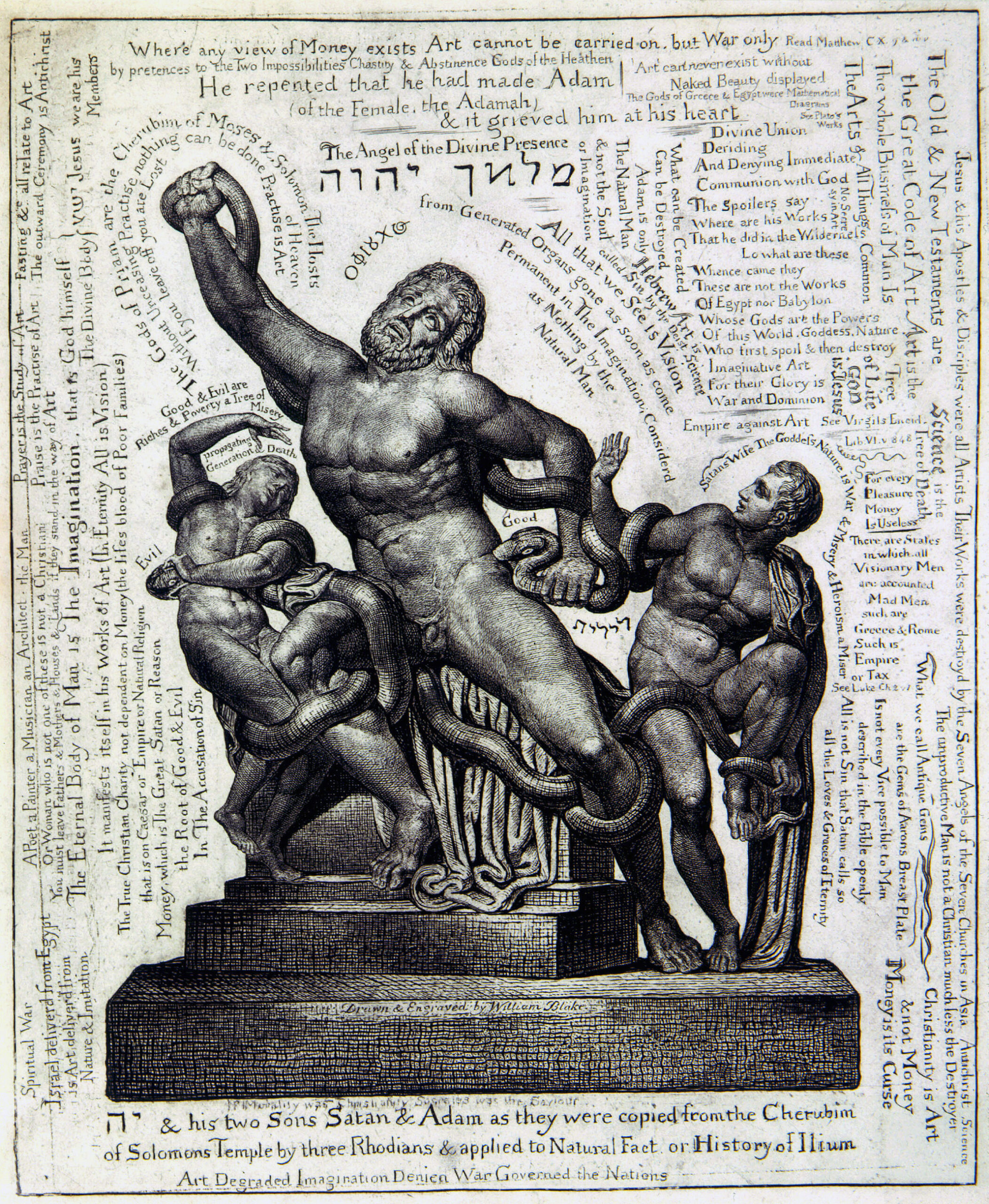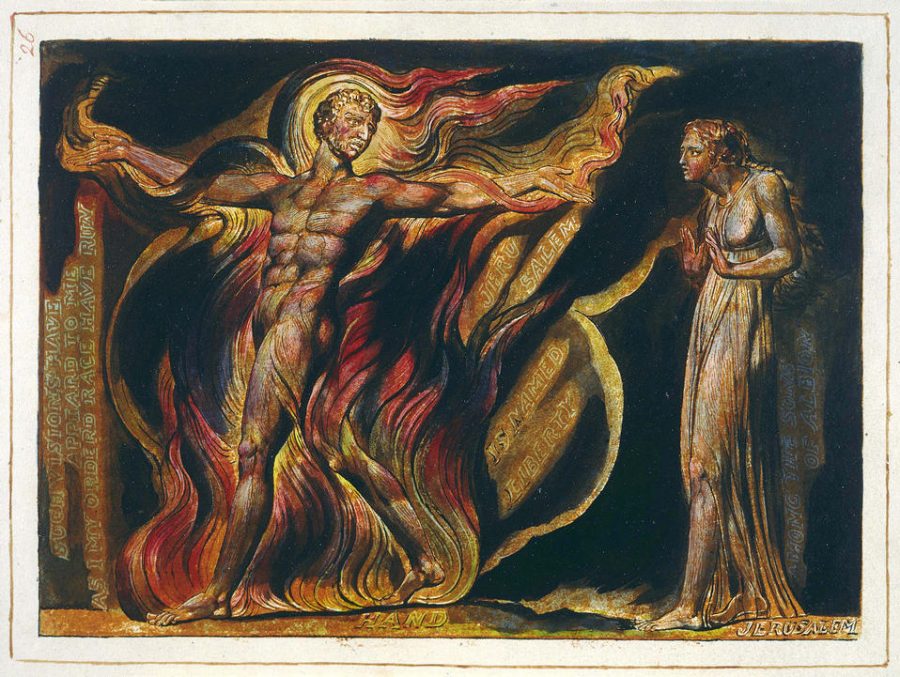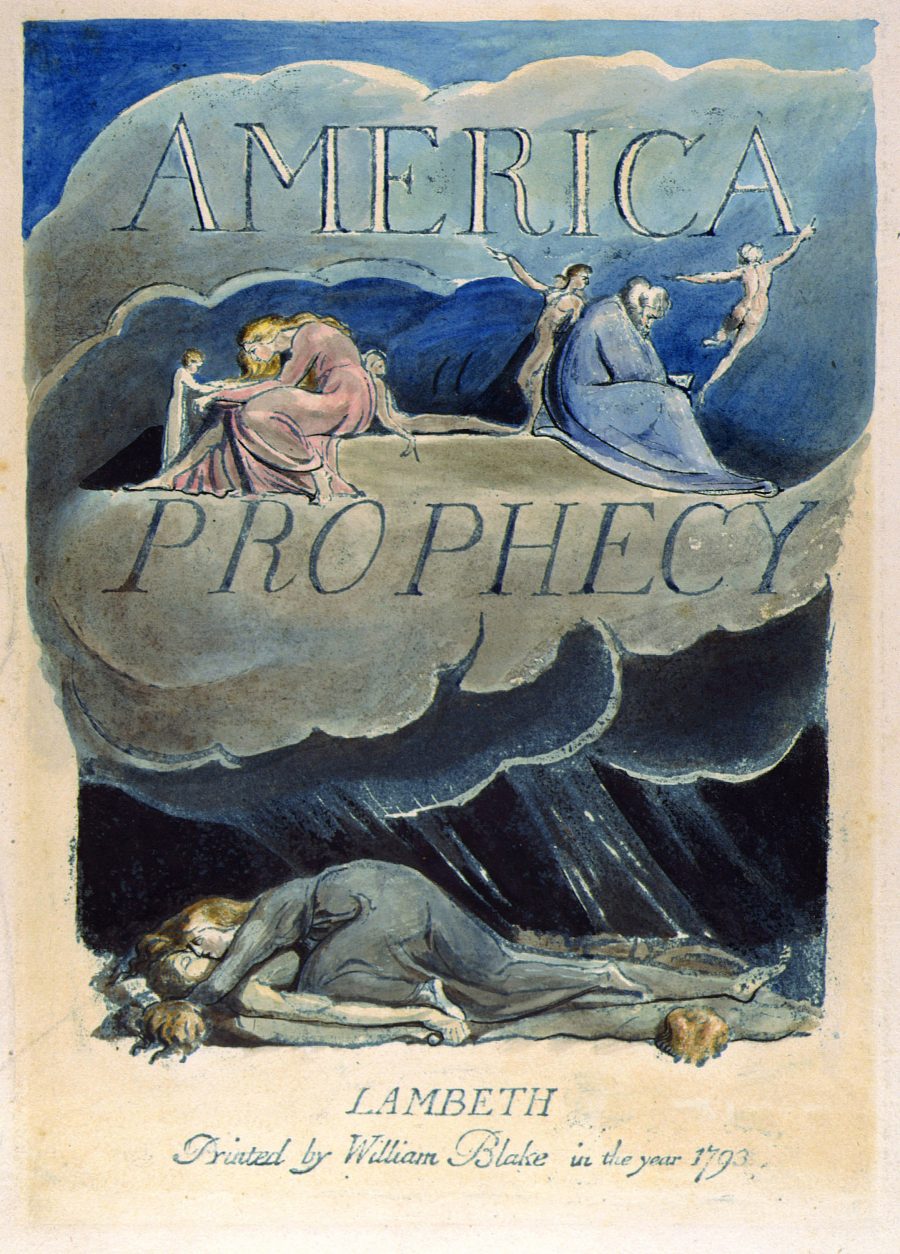It would be difficult to overstate the prominence, in the late twentieth century, of the theme from Hugh Hudson’s Chariots of Fire. Most anyone under the age of 60 will have heard it many times as parody before ever seeing it in its original, Academy Award-winning context. Unfortunately, encountering the piece in nearly every humorous slow-motion running scene for two or three decades straight has a way of dampening its impact. But back in 1981, to score a nineteen-twenties period drama with brand-new digital synthesizers marked a brazen departure from convention, as well as the beginning of a trend of musical anachronism in cinema (which would manifest even in the likes of Dirty Dancing).
The Chariots of Fire theme has surely returned to many of our playlists after the death this week of its composer, Vangelis. Even before that film, he’d collaborated with Hudson on documentaries and commercials; immediately thereafter, he found himself in great demand as a composer for features.
The very next year, in fact, saw Vangelis crafting a score that has, perhaps, remained even more respected over time than the one he did for Chariots of Fire. Set in the far-flung year of 2019, Ridley Scott’s Blade Runner needed a high-tech sound that also reflected its “future noir” sensibility. This neatly suited Vangelis’ proven ability to combine cutting-edge electronic instruments with traditional acoustic ones in a highly evocative fashion.
Blade Runner’s formidable influence owes primarily to its visuals, to the “look and feel” of its imagined future. But I defy fans of the film to remember any of its most striking images — the infernal skyline of 2019 Los Angeles, the cars flying between video-illuminated skyscrapers, Deckard’s first meeting with Rachael — without also hearing Vangelis’ music in their heads. Though it took audiences decades to catch up with Blade Runner, it’s now more or less settled that each element of the film complements all the others in creating a dystopian vision still, in many ways, unsurpassable. Vangelis’ own experiences across genres and technologies, which you can learn more about in the documentary Vangelis and the Journey to Ithaka, placed him ideally to imbue that vision with musical life.
Related content:
How Blade Runner Captured the Imagination of a Generation of Electronic Musicians
Stream 72 Hours of Ambient Sounds from Blade Runner: Relax, Go to Sleep in a Dystopian Future
Sean Connery (RIP) Reads C.P. Cavafy’s Epic Poem “Ithaca,” Set to the Music of Vangelis
Based in Seoul, Colin Marshall writes and broadcasts on cities, language, and culture. His projects include the Substack newsletter Books on Cities, the book The Stateless City: a Walk through 21st-Century Los Angeles and the video series The City in Cinema. Follow him on Twitter at @colinmarshall, on Facebook, or on Instagram.




